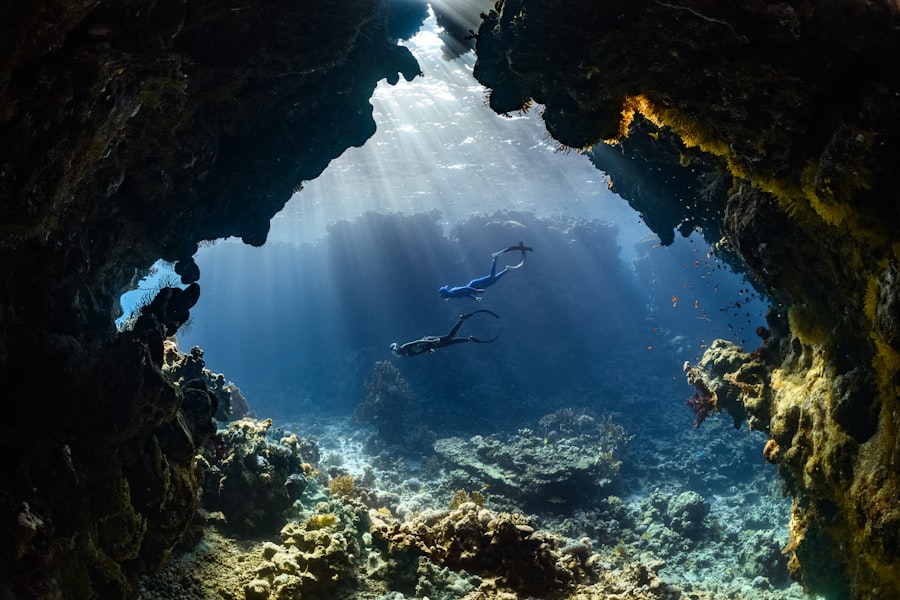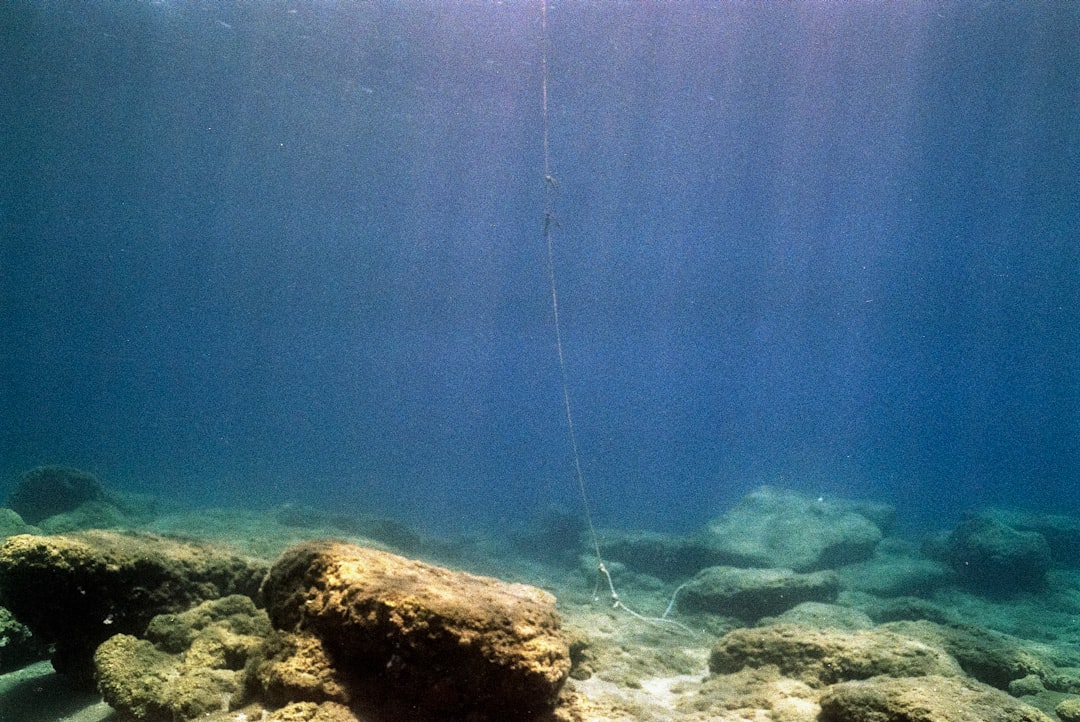The Drake Passage, a body of water situated between the southern tip of South America and Antarctica, is renowned for its tumultuous seas and significant role in global oceanic circulation. Named after the English explorer Sir Francis Drake, who navigated these waters in the late 16th century, the passage serves as a critical conduit for the movement of water between the Atlantic and Pacific Oceans. Its unique geographical position not only makes it a vital area for maritime navigation but also a focal point for scientific research and ecological studies.
The passage is often characterized by its unpredictable weather patterns and rough seas, which have earned it a reputation as one of the most challenging maritime routes in the world. The Drake Passage is more than just a navigational challenge; it is a dynamic ecosystem that plays a crucial role in regulating the Earth’s climate. The waters here are rich in nutrients, supporting a diverse array of marine life.
This region is also significant for its geological features, including underwater volcanoes and seamounts, which contribute to its complex topography. As scientists continue to explore this remote area, they uncover new insights into its geological history, marine biodiversity, and the impact of climate change on oceanic systems.
Key Takeaways
- The Drake Passage is a narrow body of water between South America’s Cape Horn and the South Shetland Islands of Antarctica, known for its turbulent seas and strong winds.
- The geological significance of the Drake Passage lies in its role as a tectonic plate boundary, where the South American Plate and the Antarctic Plate meet and interact.
- The Drake Passage is home to a number of underwater volcanoes and seamounts, which play a crucial role in shaping the ocean floor and influencing marine life in the region.
- Unique marine life in the Drake Passage includes a variety of cold-water species such as krill, penguins, seals, and whales, making it a hotspot for biodiversity and ecological research.
- Ongoing research and exploration of the Drake Passage ocean floor are essential for understanding its geological, biological, and environmental significance, as well as its potential impact on global climate patterns.
The Geological Significance of the Drake Passage
The geological significance of the Drake Passage cannot be overstated. It serves as a natural boundary between two major oceanic systems and is a key area for understanding plate tectonics. The passage is situated at the convergence of the South American and Antarctic tectonic plates, which have shaped its unique geological features over millions of years.
This tectonic activity has resulted in a variety of underwater formations, including ridges, valleys, and volcanic structures that provide valuable information about the Earth’s geological history. Moreover, the Drake Passage is instrumental in studying oceanic currents and their effects on global climate patterns. The Antarctic Circumpolar Current, which flows through the passage, is the world’s largest ocean current and plays a vital role in regulating temperatures across the globe.
By examining sediment cores and geological formations in the area, researchers can gain insights into past climate conditions and better understand how current changes may influence future climate scenarios.
Underwater Volcanoes and Seamounts in the Drake Passage

Beneath the turbulent waters of the Drake Passage lies a hidden world of underwater volcanoes and seamounts that contribute to its geological complexity. These volcanic structures are formed by tectonic activity and are often associated with hotspots where magma rises from deep within the Earth. The presence of these underwater volcanoes not only adds to the topographical diversity of the region but also creates unique habitats for marine life.
Seamounts, which are underwater mountains formed by volcanic activity, play a crucial role in marine ecosystems. They provide essential habitats for various species, serving as breeding grounds and feeding areas for fish and other marine organisms. The nutrient-rich waters surrounding these seamounts attract a plethora of marine life, making them hotspots for biodiversity.
Researchers are increasingly interested in studying these underwater features to understand their ecological significance and how they contribute to the overall health of the marine environment in the Drake Passage.
Unique Marine Life in the Drake Passage
| Species | Category | Population |
|---|---|---|
| Krill | Invertebrate | Billions |
| Antarctic Toothfish | Fish | Unknown |
| Leopard Seal | Mammal | 10,000-20,000 |
| Wandering Albatross | Bird | Approx. 25,000 |
The Drake Passage is home to an astonishing array of marine life, much of which is uniquely adapted to thrive in its cold, nutrient-rich waters. The region supports a diverse ecosystem that includes everything from microscopic phytoplankton to massive whales. One of the most iconic inhabitants of these waters is the blue whale, the largest animal on Earth, which migrates through the passage in search of food during feeding seasons.
Other notable species include orcas, seals, and various types of penguins that rely on the rich marine resources available in this region. In addition to these larger species, the Drake Passage is teeming with smaller organisms that play vital roles in the marine food web. Krill, tiny shrimp-like crustaceans, are particularly abundant in these waters and serve as a primary food source for many larger animals.
The unique combination of cold water upwelling and nutrient influx from surrounding currents creates an environment where these organisms can thrive. As scientists continue to study this diverse marine life, they uncover new species and gain insights into how these ecosystems function and adapt to changing environmental conditions.
Research and Exploration of the Drake Passage Ocean Floor
Research and exploration of the ocean floor in the Drake Passage have become increasingly important as scientists seek to understand its complex geological features and rich biodiversity. Advanced technologies such as remotely operated vehicles (ROVs) and autonomous underwater vehicles (AUVs) have revolutionized deep-sea exploration, allowing researchers to map and study previously inaccessible areas of the ocean floor. These tools enable scientists to collect valuable data on underwater topography, sediment composition, and marine life.
The ongoing exploration efforts in the Drake Passage have led to significant discoveries about its geological history and ecological significance. For instance, researchers have identified new seamounts and underwater volcanoes that were previously unknown, shedding light on the region’s tectonic activity. Additionally, studies of sediment cores have provided insights into past climate conditions, helping scientists understand how changes in oceanic systems may impact global climate patterns.
As exploration continues, it is likely that even more discoveries await beneath the surface.
The Role of the Drake Passage in Climate Change

The Drake Passage plays a pivotal role in understanding climate change due to its influence on oceanic currents and heat distribution across the globe. The Antarctic Circumpolar Current, which flows through this passage, acts as a conveyor belt for warm and cold water masses, affecting weather patterns far beyond its immediate vicinity. Changes in this current can have profound implications for global climate systems, making it essential for researchers to monitor conditions in this region closely.
Furthermore, the waters of the Drake Passage are sensitive indicators of climate change. As temperatures rise and ice melts in Antarctica, changes in salinity and temperature can alter oceanic circulation patterns. These shifts can impact marine ecosystems and biodiversity, leading to changes in species distribution and abundance.
By studying these trends in the Drake Passage, scientists can gain valuable insights into how climate change is affecting oceanic systems worldwide.
The Impact of Human Activity on the Drake Passage Ecosystem
Human activity has increasingly impacted the delicate ecosystem of the Drake Passage over recent decades. Commercial fishing operations have raised concerns about overfishing and its effects on marine populations.
Additionally, shipping traffic through the Drake Passage has increased significantly due to global trade demands. This rise in maritime activity poses risks such as oil spills, pollution from vessels, and disturbances to marine life from noise pollution. As human activities continue to encroach upon this remote region, it becomes increasingly important to implement conservation measures that protect its unique ecosystems while balancing economic interests.
Mapping and Surveying the Ocean Floor in the Drake Passage
Mapping and surveying the ocean floor in the Drake Passage is essential for understanding its complex geological features and ecological significance. Advances in sonar technology have enabled researchers to create detailed maps of underwater topography, revealing hidden structures such as seamounts, ridges, and valleys that shape ocean currents and marine habitats. These maps provide valuable information for scientists studying everything from plate tectonics to marine biodiversity.
In addition to traditional mapping techniques, researchers are employing innovative methods such as satellite altimetry to gather data on sea surface heights and infer information about underwater features. This combination of technologies allows for a more comprehensive understanding of the ocean floor’s dynamics and its role within broader oceanic systems. As mapping efforts continue, they will undoubtedly yield new insights into this fascinating region.
The Connection Between the Drake Passage and Antarctica
The connection between the Drake Passage and Antarctica is profound, as this body of water serves as a critical gateway between two distinct yet interconnected regions. The passage facilitates not only maritime navigation but also plays a vital role in regulating oceanic currents that influence climate patterns across both hemispheres. The Antarctic Circumpolar Current flows through this passage, linking the Southern Ocean with other major ocean systems while transporting cold water northward.
Moreover, the ecological health of the Drake Passage is closely tied to that of Antarctica itself. Melting ice from glaciers and ice shelves contributes freshwater to these waters, impacting salinity levels and potentially altering marine ecosystems. As climate change accelerates ice melt in Antarctica, understanding this connection becomes increasingly important for predicting future changes in both regions’ environments.
Challenges of Exploring the Ocean Floor in the Drake Passage
Exploring the ocean floor in the Drake Passage presents numerous challenges due to its harsh environmental conditions and unpredictable weather patterns. The region is notorious for its rough seas, which can hinder research efforts and pose risks to vessels conducting scientific missions. Additionally, strong currents can complicate navigation and data collection processes, making it difficult for researchers to access certain areas.
Furthermore, technical limitations associated with deep-sea exploration can pose significant obstacles. While advancements in technology have improved capabilities for mapping and studying underwater environments, there remain limitations regarding depth penetration and data resolution. Overcoming these challenges requires ongoing investment in research infrastructure and collaboration among international scientific communities dedicated to exploring this remote region.
Future Discoveries and Opportunities in the Drake Passage
The future holds immense potential for discoveries within the Drake Passage as scientific exploration continues to advance. With ongoing technological innovations enabling deeper exploration of underwater environments, researchers are likely to uncover new geological features and previously unknown species that inhabit these waters. Each expedition brings with it opportunities for groundbreaking research that can enhance understanding of marine ecosystems and their responses to environmental changes.
Moreover, as awareness grows regarding climate change’s impact on oceanic systems, there is an increasing emphasis on conservation efforts within this region. Collaborative initiatives aimed at protecting marine biodiversity while promoting sustainable practices will be crucial for ensuring that future generations can continue to study and appreciate this remarkable area. The Drake Passage stands as a testament to nature’s complexity—a place where science meets adventure—and it promises to reveal even more secrets as exploration efforts persist into the future.
The Drake Passage, a significant body of water connecting the Atlantic and Pacific Oceans, is renowned for its turbulent waters and unique ocean floor topography. This region plays a crucial role in global ocean circulation and climate regulation. For those interested in exploring more about the geological and oceanographic features of the Drake Passage, a related article can be found on MyGeoQuest. This article delves into the intricate details of the ocean floor and its impact on marine navigation and climate patterns. To learn more, visit the article on MyGeoQuest.
WATCH NOW! Drake Passage: Earth’s Deadliest Waters Revealed
FAQs
What is the Drake Passage?
The Drake Passage is the body of water between the southern tip of South America and the northern tip of the Antarctic Peninsula. It connects the Atlantic and Pacific Oceans.
What is the ocean floor like in the Drake Passage?
The ocean floor in the Drake Passage is characterized by deep ocean basins, rugged seafloor topography, and strong currents. It is also home to a diverse range of marine life.
What geological features are found on the ocean floor in the Drake Passage?
The ocean floor in the Drake Passage features underwater mountains, known as seamounts, as well as deep trenches and ridges. These geological features are the result of tectonic activity and volcanic processes.
What is the significance of the ocean floor in the Drake Passage?
The ocean floor in the Drake Passage plays a crucial role in global ocean circulation and climate. It is a key location for the exchange of water, nutrients, and marine life between the Atlantic and Pacific Oceans.
Are there any research activities focused on the ocean floor in the Drake Passage?
Yes, there are ongoing research activities focused on studying the geology, oceanography, and marine biology of the ocean floor in the Drake Passage. Scientists are interested in understanding its role in the Earth’s system and its potential for natural resources.
